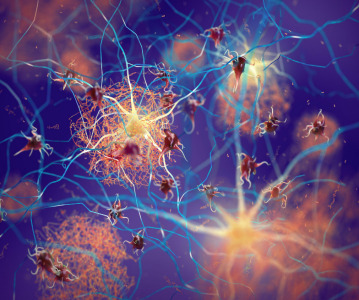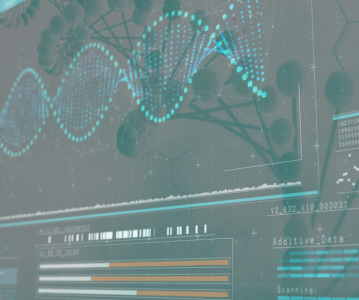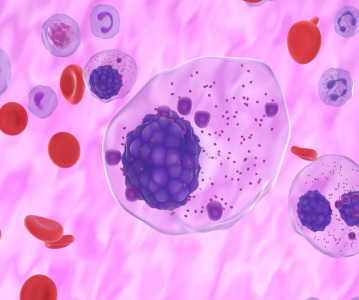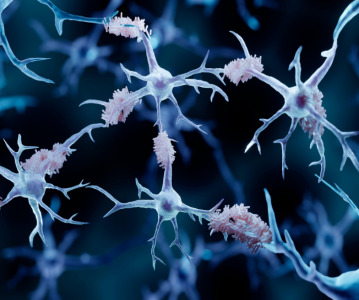Lilly's Basal Insulin Peglispro Shows Superiority to Insulin Glargine in Reducing HbA1c in People with Type 2 Diabetes

Eli Lilly and Company's basal insulin peglispro (BIL) consistently demonstrated superior hemoglobin A1c (HbA1c) reduction in people with type 2 diabetes compared to insulin glargine across three Phase III trials. The results were presented today at the 75th American Diabetes Association (ADA) Scientific Sessions in Boston.
The trials compared BIL and insulin glargine in three common type 2 patient populations: those not previously using insulin (IMAGINE-2), those using basal insulin with mealtime insulin (IMAGINE-4) and those currently using a basal insulin (IMAGINE-5).
"BIL is the first and only basal insulin to consistently demonstrate superior glycemic benefits along with a reduction in nocturnal hypoglycemia and a weight advantage compared to insulin glargine in Phase III clinical studies," said Melanie Davies, professor of diabetes medicine, University of Leicester, UK. "Further innovation in basal insulin treatments is important as many people currently being treated do not reach glycemic targets and experience nocturnal hypoglycemia or weight gain."
Additional data from IMAGINE-2, IMAGINE-4 and IMAGINE-5 showed that more patients taking BIL consistently met the ADA's recommended HbA1c target of less than 7%. A greater percentage of BIL-treated patients also reported less nocturnal hypoglycemia compared to those on insulin glargine. Rates of total and severe hypoglycemia did not differ significantly between treatment groups. Patients taking BIL experienced less weight gain than patients taking insulin glargine in IMAGINE-2 and IMAGINE-4.
In all three clinical trials, patients taking BIL had an increase in the liver enzyme ALT (alanine aminotransferase), and triglyceride levels were higher than in patients treated with insulin glargine. Liver fat content was higher after treatment with BIL compared to insulin glargine in subsets of patients studied from IMAGINE-2 and IMAGINE-5.
"BIL is mechanistically different from current basal insulins. It has a hepato-preferential action, driven by its reduced effect on peripheral tissues," said David Kendall, vice president, Medical Affairs, Lilly Diabetes. "What we've seen from the Phase III trials are unprecedented results in the basal insulin space: superior glycemic control with less nocturnal hypoglycemia and reduced weight gain, all of which are important to physicians and patients. We're pleased to share these Phase III results with the scientific community this week. "
Related News
-
News BioNTech to begin mRNA vaccine manufacturing in Rwanda by 2025
German biotechnology company BioNTech has stated their intentions to begin production at their mRNA vaccine factory in Rwanda by 2025, which will mark the first foreign mRNA vaccine manufacturing site on the continent of Africa. -
News Identifying Alzheimer’s Disease biomarker proteins with whole blood tests
A University of Manchester spin-out pharmaceutical company, PharmaKure, has reported successful study results for the quantification of Alzheimer’s Disease biomarker proteins with a whole blood test. -
News Bill & Melinda Gates Foundation to boost mRNA vaccine initiatives in Africa with USD $40m
To address vaccine inequality and accessibility issues, the Bill & Melinda Gates Foundation aims to deliver USD $40m to various biotech companies and vaccine manufacturers in support of mRNA vaccine development. -
News CPHI Podcast Series: Exploring neurological frontiers in Alzheimer's and beyond
The next episode of the CPHI Podcast Series delves into the science and background behind some recent developments in the field of Alzheimer's disease and neurological disorders. -
News Is patient centricity the future of pharmaceutical manufacturing?
In this interview with Sandra Sánchez y Oldenhage, President of PharmAdvice, she speaks to the importance of considering patients in the manufacturing stages of the pharmaceutical supply chain, and how it can redefine healthcare. -
News CPHI Podcast Series: How to leverage AI for Drug Discovery
Artificial intelligence is the topic of debate in the latest episode from the CPHI Podcast Series, where Digital Editor Lucy Chard speaks with Bill Whitford of DPS Group about the integration of AI in healthcare. -
News Pfizer forges ahead with blood cancer therapy after approval from FDA
Pfizer gains accelerated approval from the US FDA for their new bispecific antibody therapy for multiple myeloma, set to address an unmet need for patients. -
News Alzheimer's drug donanemab deemed effective in landmark clinical trial
Results from the TRAILBLAZER-ALZ 2 Randomised Clinical Trial into the use of donanemab to treat early symptoms of Alzheimer’s disease have been analysed.
Position your company at the heart of the global Pharma industry with a CPHI Online membership
-
Your products and solutions visible to thousands of visitors within the largest Pharma marketplace
-
Generate high-quality, engaged leads for your business, all year round
-
Promote your business as the industry’s thought-leader by hosting your reports, brochures and videos within your profile
-
Your company’s profile boosted at all participating CPHI events
-
An easy-to-use platform with a detailed dashboard showing your leads and performance







